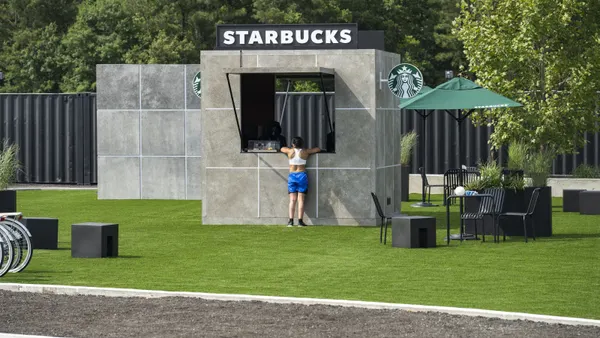Dive Brief:
- Procter & Gamble (P&G) trimmed waste from its marketing budget by reducing the frequency of ad delivery, executives said during a call with analysts this week to discuss its fiscal Q4 earnings. The company used third-party data to reduce ad frequency by about 10% and reinvested the savings to increase media reach.
- Working media spend for the quarter increased 4% year-over-year, reflecting the company's efforts to support its brands even as it reworks its marketing operations.
- P&G reported flat growth for Q4, with organic sales increasing just 1% and profitability decreasing 15%, due to cuts in advertising and content production costs.
Dive Insight:
P&G's efforts to restructure its marketing organization have been closely watched because the company is the world's largest advertiser and its Chief Brand Officer Marc Pritchard has been at the forefront of a movement by large marketers to put more pressure on digital media platforms and agencies to increase transparency in fees, metrics and the media supply chain.
Much of the news over the past year has focused on how P&G has been trimming its marketing organization, so some of the comments in this week's earnings call look like an attempt to reassure investors that the company continues to support is brands with working media, which is viewed as an important step in driving brand awareness and reaching potential new customers. With the company's profitability taking a nosedive in the quarter, P&G needs to show the market that it is investing in future growth.
"So media, for example, was up 4% in the quarter, even as we faced a very difficult year with lots of cost increases in the balance of the business," Jon R. Moeller, chief financial officer at P&G, said during the call. "You wouldn't see the volume and consumption trends that you're seeing if we weren't continuing to support the business at relatively high levels."
Over the past few months, P&G announced several shifts in its marketing strategy aimed at reducing costs, creating efficiencies and improving transparency. The efforts have saved the company nearly $1 billion in ad agency fees and production costs over the past four years. P&G said it sees more savings in these areas and more opportunities to reinvest in more efficient ad delivery.
P&G announced plans to pilot new agency models for its fabric care business earlier this year and said it would reduce the number of agencies it works with by 50% over the next several years in an effort to save $400 million. The company had already cut its agency roster by 60% since fiscal 2015, which it said had saved $750 million in agency and production costs and improved cash flow in excess of $400 million.
The consumer-packaged goods giant discussed during the earnings call how using data and analytics and having experienced teams allowed it to bring more marketing functions in house, where it can reunite media and creative. Reducing the number of agencies on retainers allows the company to embrace creative resources when it needs them for new campaigns.
Frequency of ad delivery is another area that P&G addressed to create efficiencies and cut costs. P&G's Pritchard previously discussed how the company was overloading consumers with ads, with internal research revealing that the same consumers were sometimes served 10 to 20 ads per month.
The company is eyeing one-to-one brand building driven by data, rather than mass marketing, which P&G sees as wasteful. In China, P&G increased digital reach by 60% and saved 30% on digital spending after better managing frequency and engaging consumers on the right platforms at the right times.









